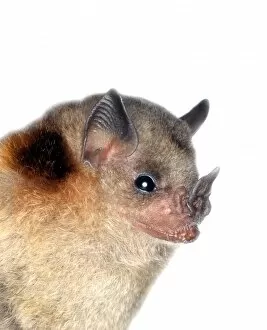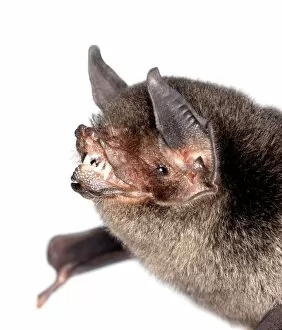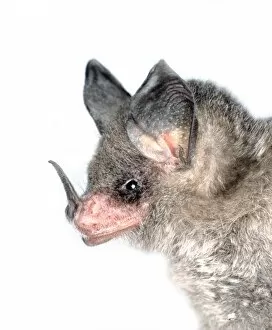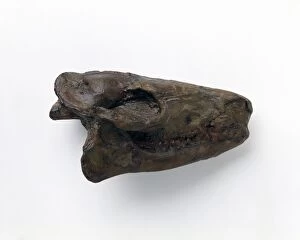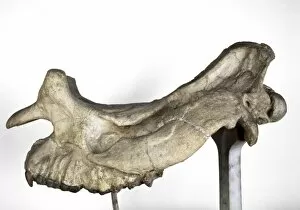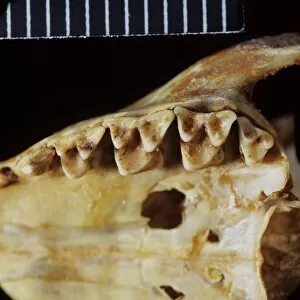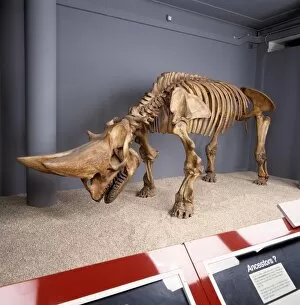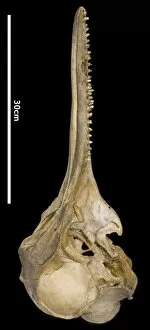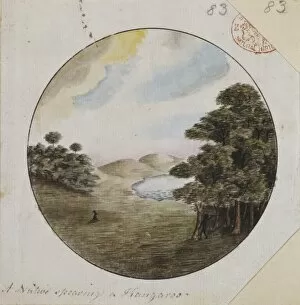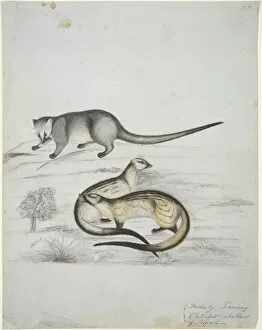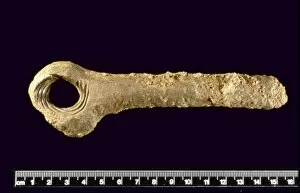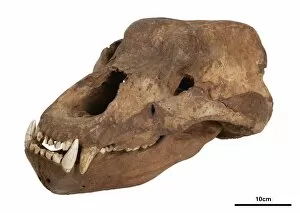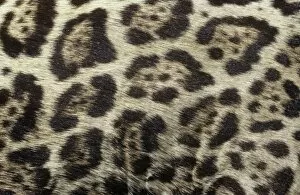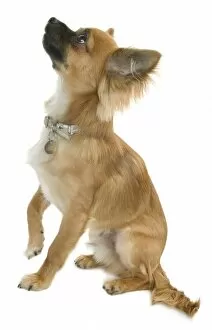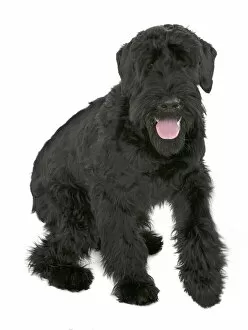Theria Collection (#9)
"Theria: A Captivating Journey Through the Animal Kingdom" Step into the world of "theria
For sale as Licensed Images
Choose your image, Select your licence and Download the media
"Theria: A Captivating Journey Through the Animal Kingdom" Step into the world of "theria, " an enchanting realm where extraordinary creatures and their fascinating stories come to life. From the Zebra-drawn trap of Lord Walter Rothschild, showcasing his eccentric love for wildlife, to Ballyregan Bob, the legendary greyhound who captured hearts with his lightning speed. Marvel at the sheer size and strength of Megatherium, the giant ground sloth that once roamed our planet. Feel a shiver down your spine as you encounter Smilodon fatalis, the fearsome sabre-toothed cat with its razor-sharp fangs ready to strike. Gaze in awe at Physeter macrocephalus, a Sperm whale tooth that serves as a testament to nature's incredible craftsmanship. Witness Stuart Stammwitz meticulously working on a blue whale model in 1938 at The Natu - a true labor of love dedicated to these majestic marine giants. Immerse yourself in history as you explore intricate drawings depicting mammoth skeletons from ages past. Admire Petaurus breviceps ariel, better known as sugar gliders, gracefully soaring through treetops with their unique gliding abilities. Discover how humans fit into this diverse tapestry through the Pedigree of Man - tracing our lineage back through time. Behold the magnificence of Great Irish Elk alongside Megatherium; two colossal beings forever etched in our collective memory. Appreciate artistry beyond compare with Edward Donovan's masterpiece "The Wolf, " capturing both beauty and ferocity within one frame. Finally, pay homage to Guy (1946-1978), a western lowland gorilla whose presence reminds us of our shared connection with all living beings. In this captivating journey through "theria, " prepare to be amazed by nature's wonders and humbled by its diversity.




